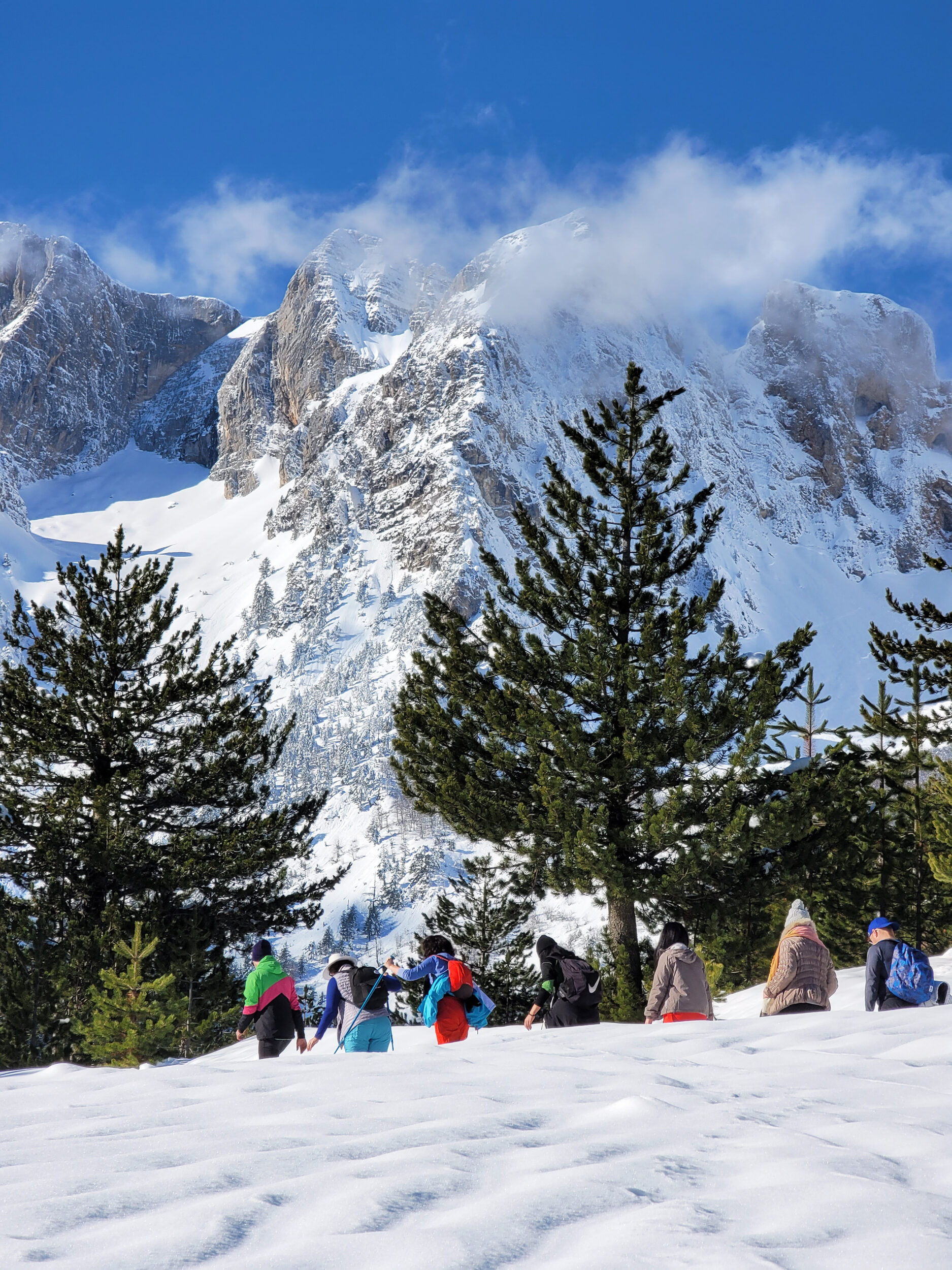From the ancient Illyrian kingdoms to the Greek colonies and Roman cities, archaeological parks in Albania are living museums of history and culture. Scattered across hills, valleys, and coastal plains, these sites tell the story of civilizations that once thrived in the Balkans. This guide introduces the main archaeological parks you can visit today — each blending history, landscape, and legend.
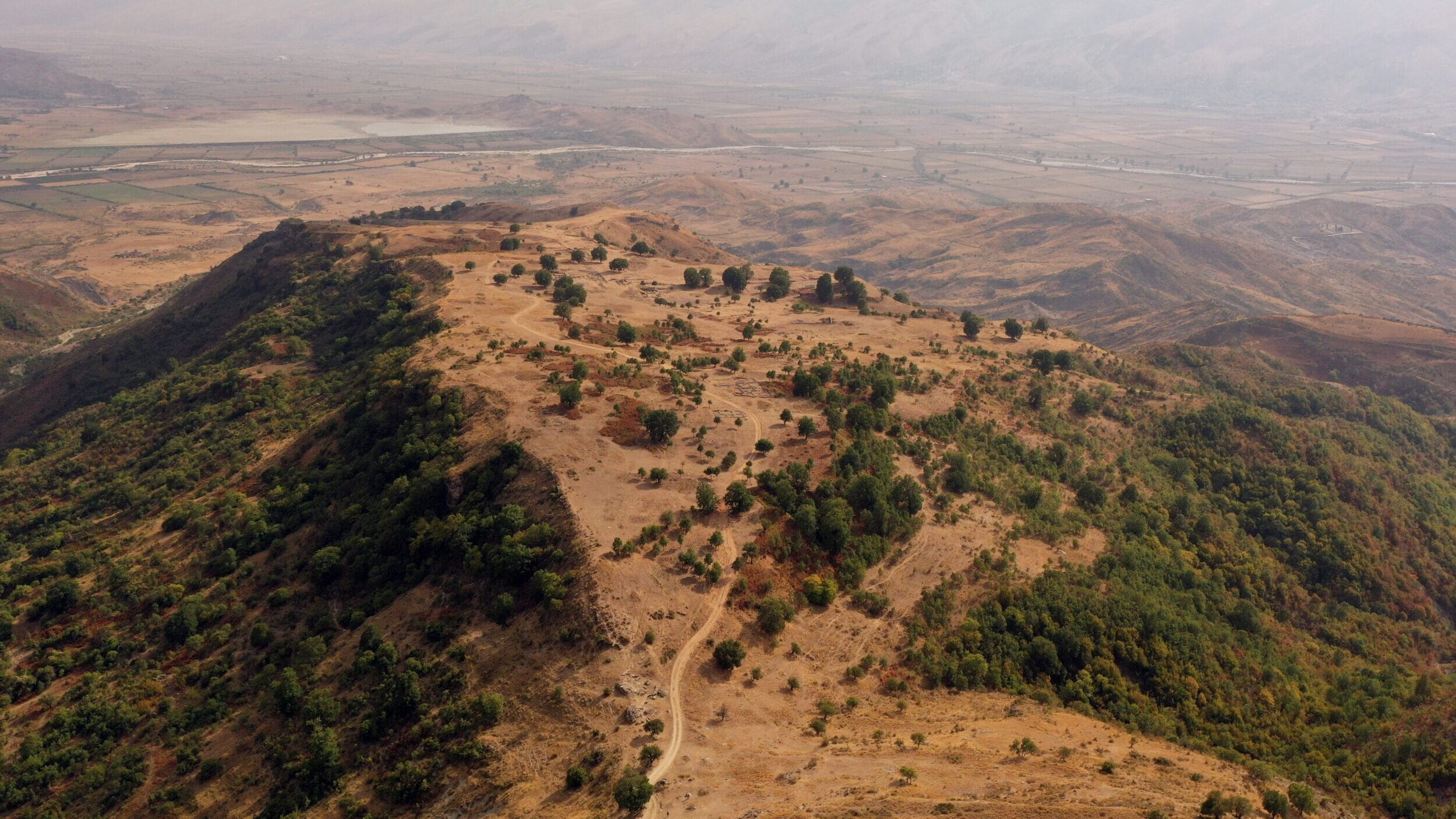
1. Butrint National Archaeological Park
Location: Butrint National Archaeological Park on Google Maps
Historical significance: A UNESCO World Heritage Site, Butrint was inhabited since prehistoric times and became a thriving Greek colony, a Roman city, and a Byzantine bishopric. It was later abandoned in the Middle Ages.
Highlights: The Roman theatre, the large Byzantine baptistery with its famous mosaic floor, the basilica, and the Lion Gate. The park combines ancient ruins with an exceptional natural environment of wetlands, lakes, and islands.
Travel tip: Plan at least two hours to walk the main circuit. Spring and autumn offer the best weather to explore.
Read more: Butrint – A practical guide to visiting this UNESCO treasure 2025
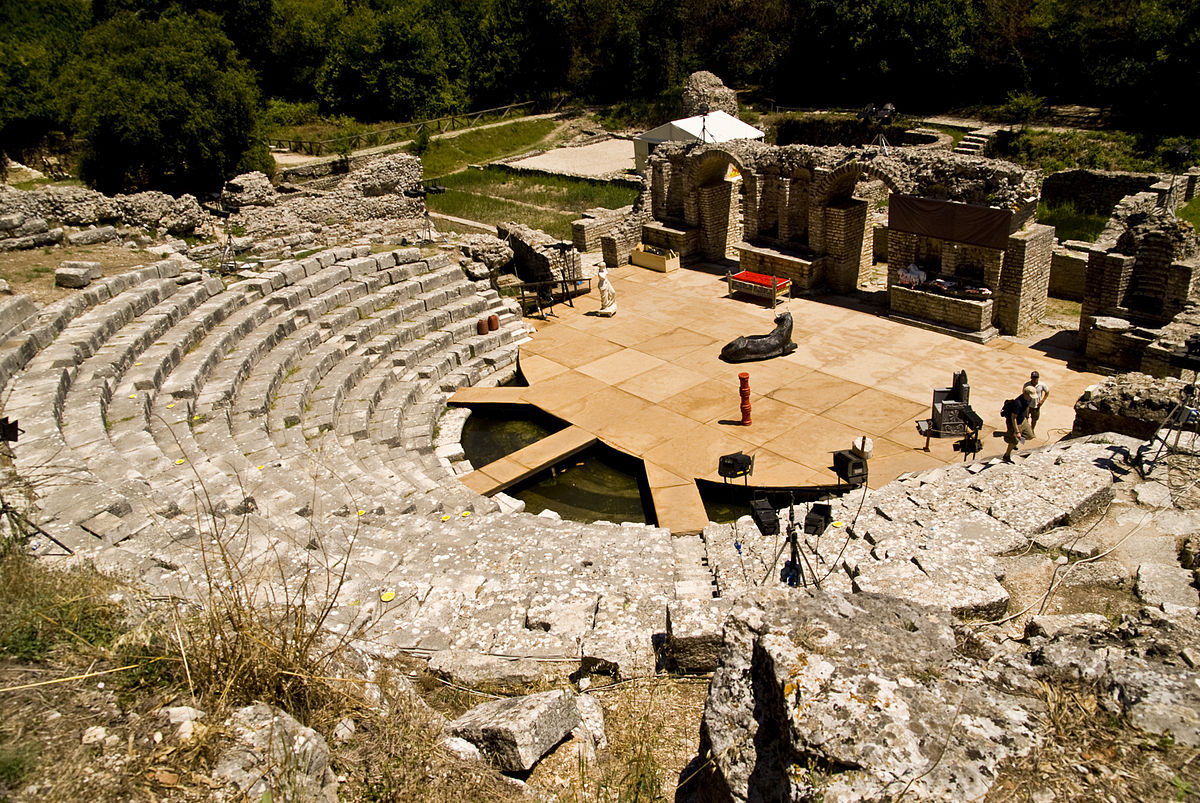

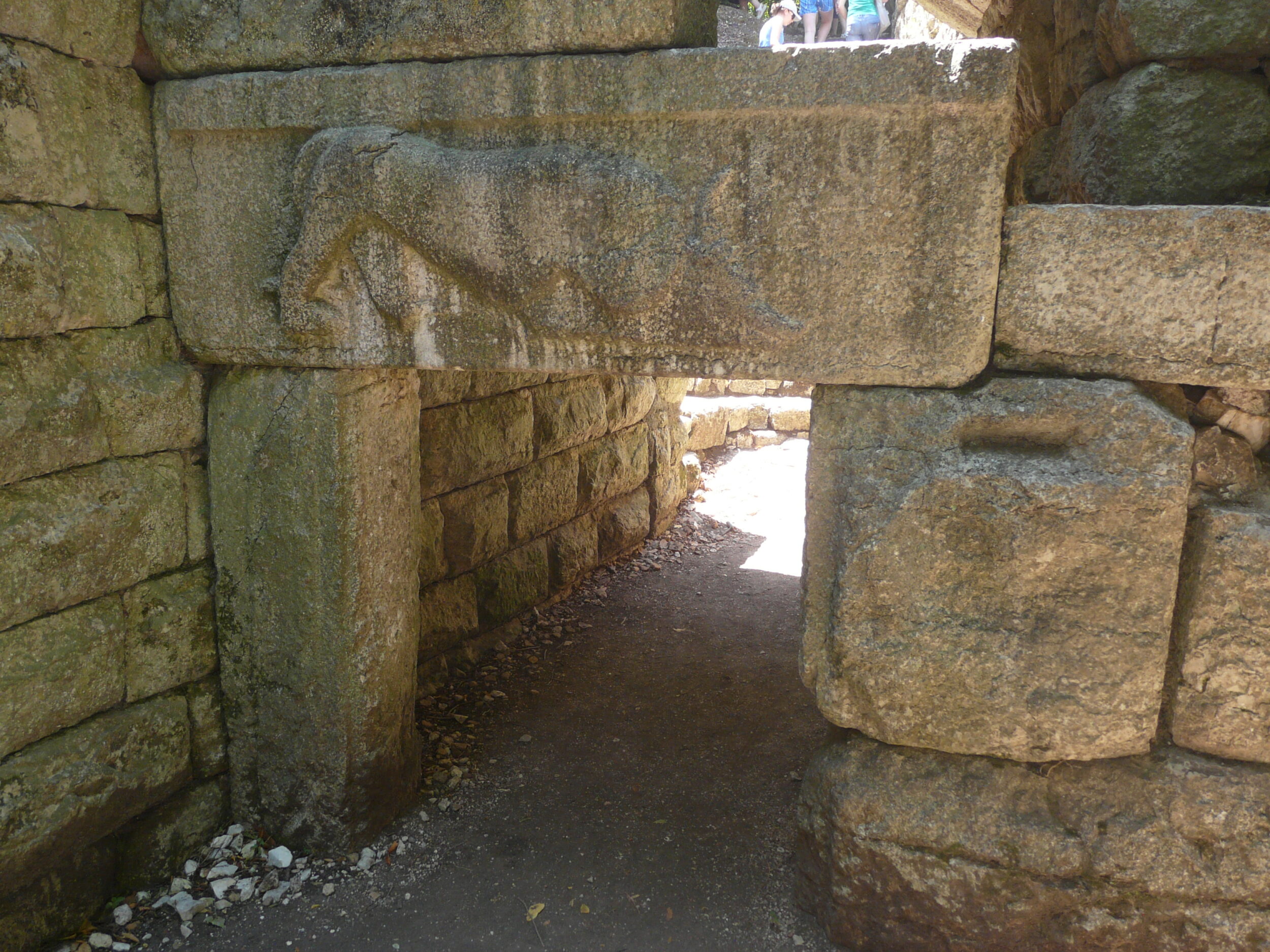
2. Apollonia Archaeological Park
Location: Fier County, about 12 km west of the city of Fier. Location on Google Map
Historical significance: Founded by Greek colonists in the 7th century BC, Apollonia became one of the most important cities on the Adriatic coast. Octavian (later Emperor Augustus) studied here before becoming Rome’s first emperor.
Highlights: The Monument of the Agonothetes, the odeon, the Byzantine monastery of St. Mary, and an archaeological museum located within the former monastery complex.
Why visit: Apollonia is the largest of the archaeological parks in Albania, rich in ruins from Greek, Roman, and medieval times.
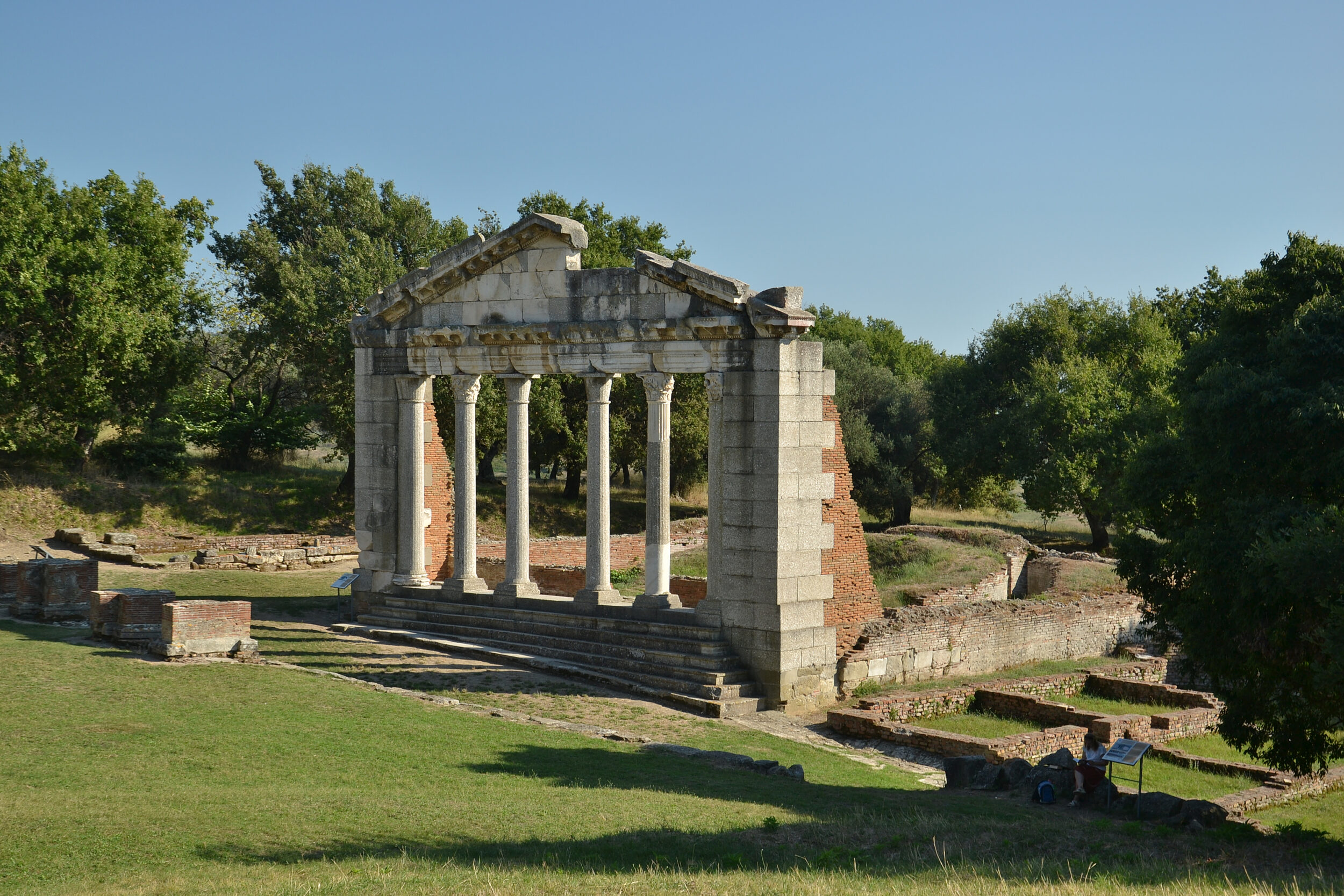
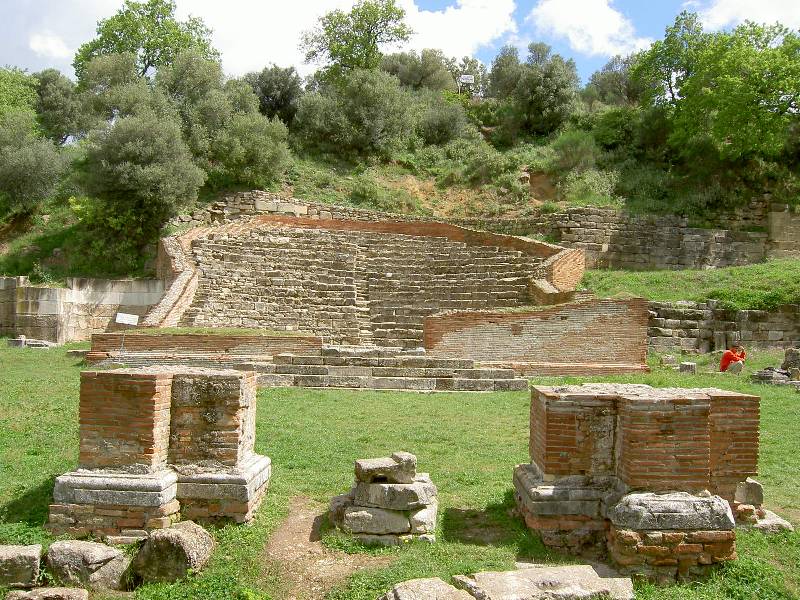
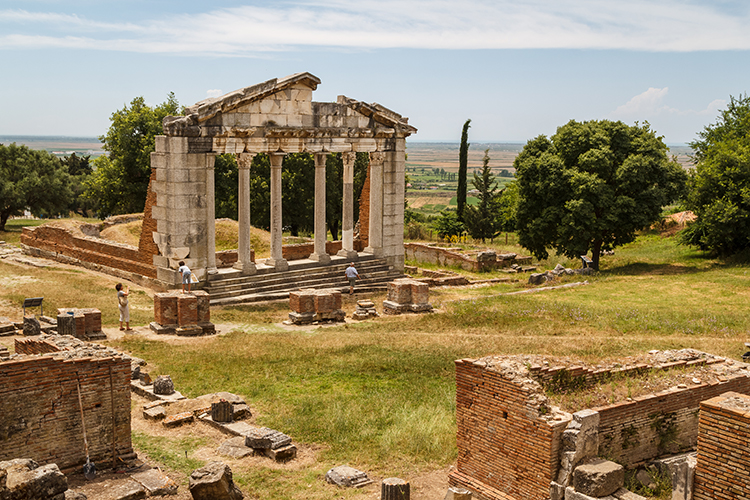
3. Bylis Archaeological Park
Location: Fier County, near the village of Hekal. Location on Google Map
Historical significance: Once the largest Illyrian city in southern Albania, founded around 370–350 BC. It later became a Roman colony and an early Christian center before being abandoned in the 6th century AD.
Highlights: The grand theatre with 7 500 seats, the stadium, fortification walls, and early Christian basilicas with beautiful mosaics overlooking the Vjosa Valley.
Tip: The site is quiet and remote — bring water and sun protection, and enjoy one of the most panoramic views in southern Albania.
Read more: Bylis Archaeological Park – Albania’s Ancient Illyrian City
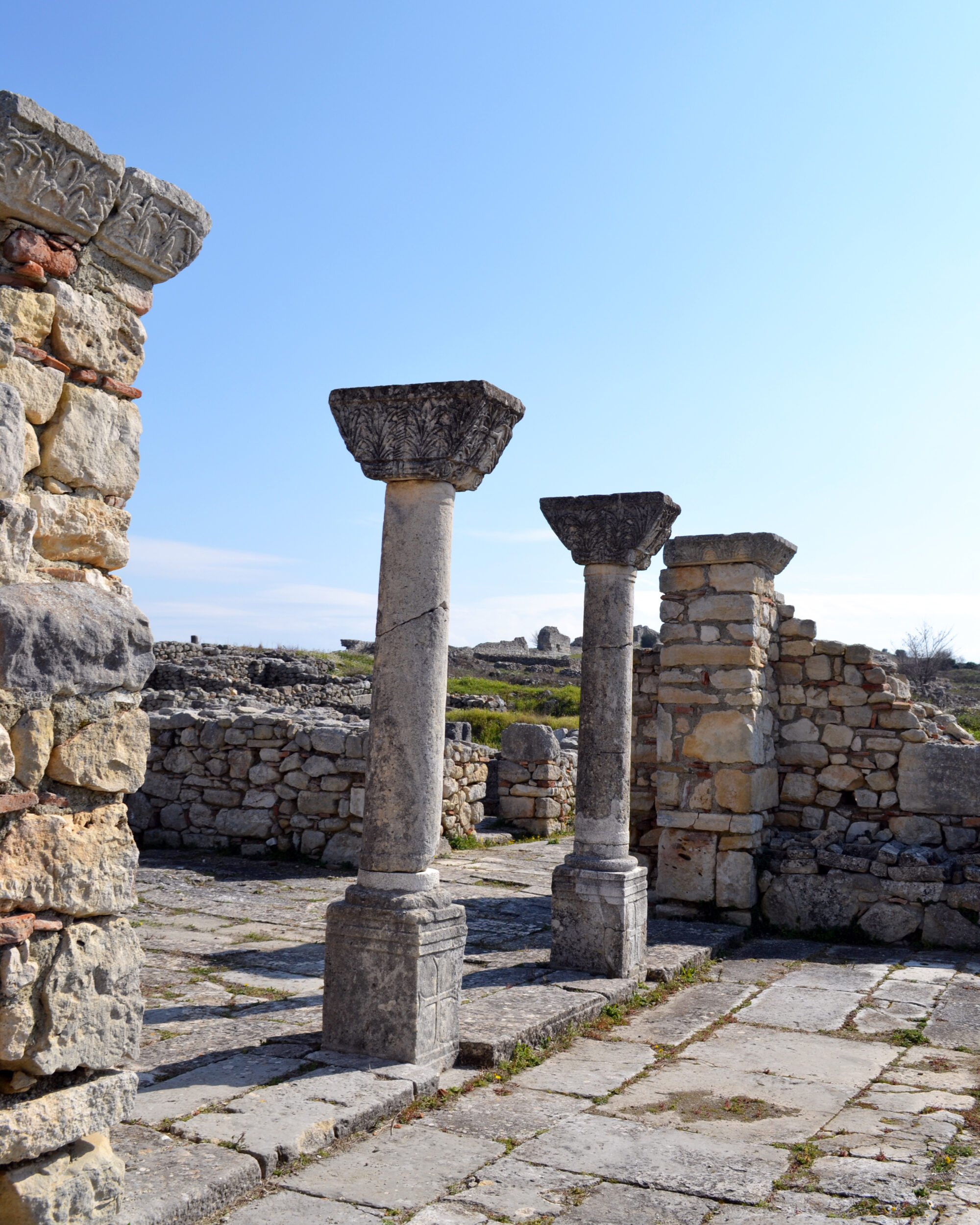
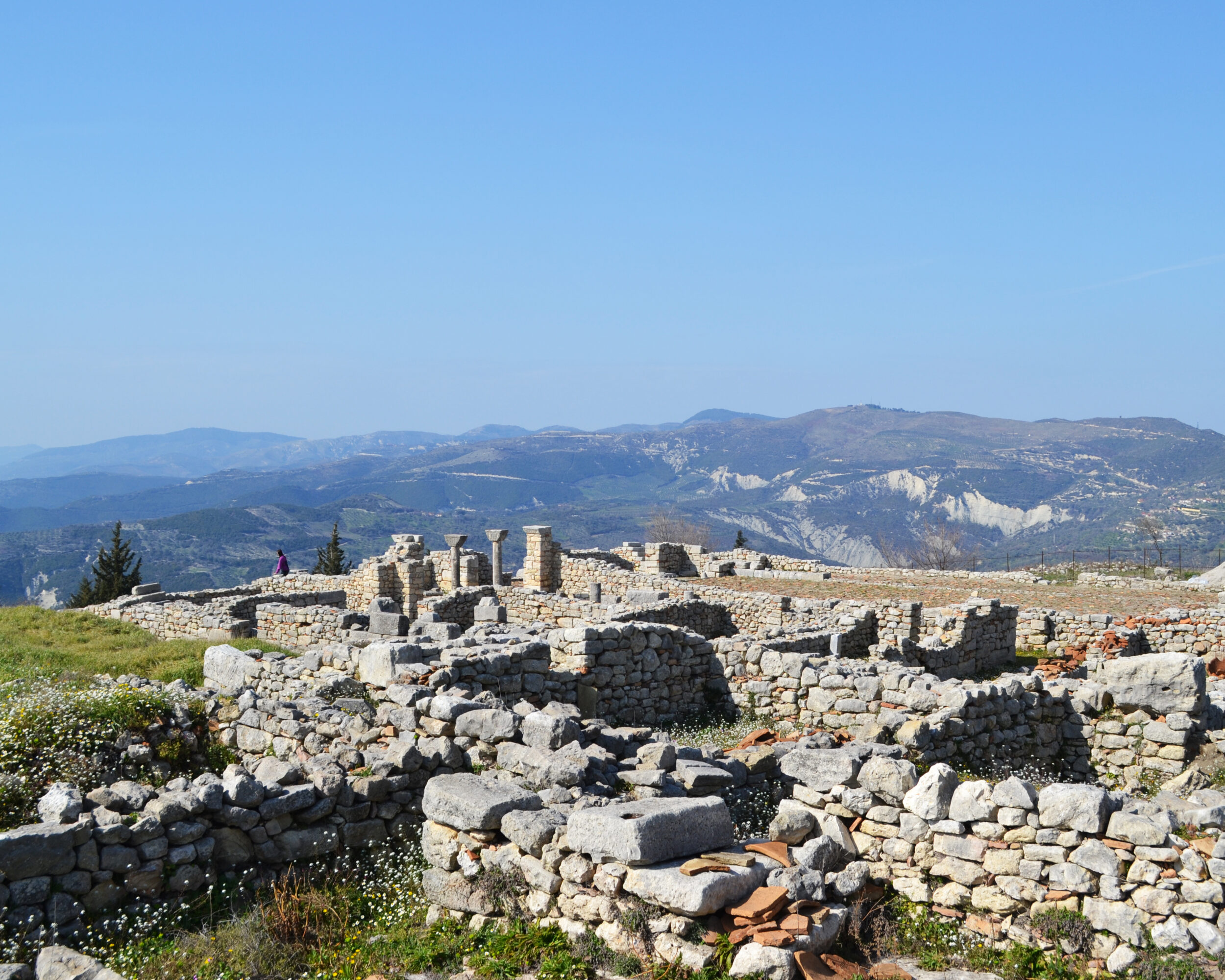
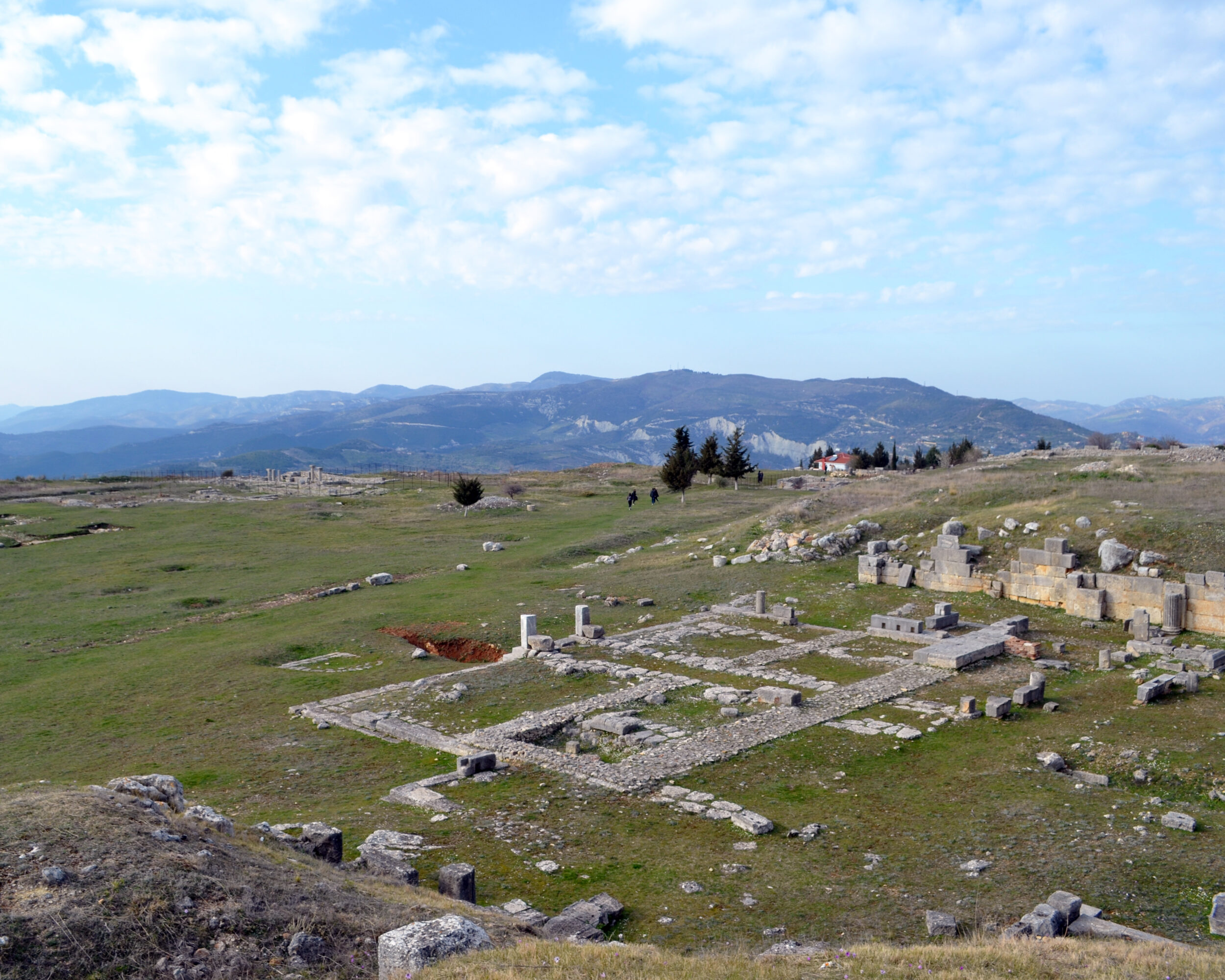

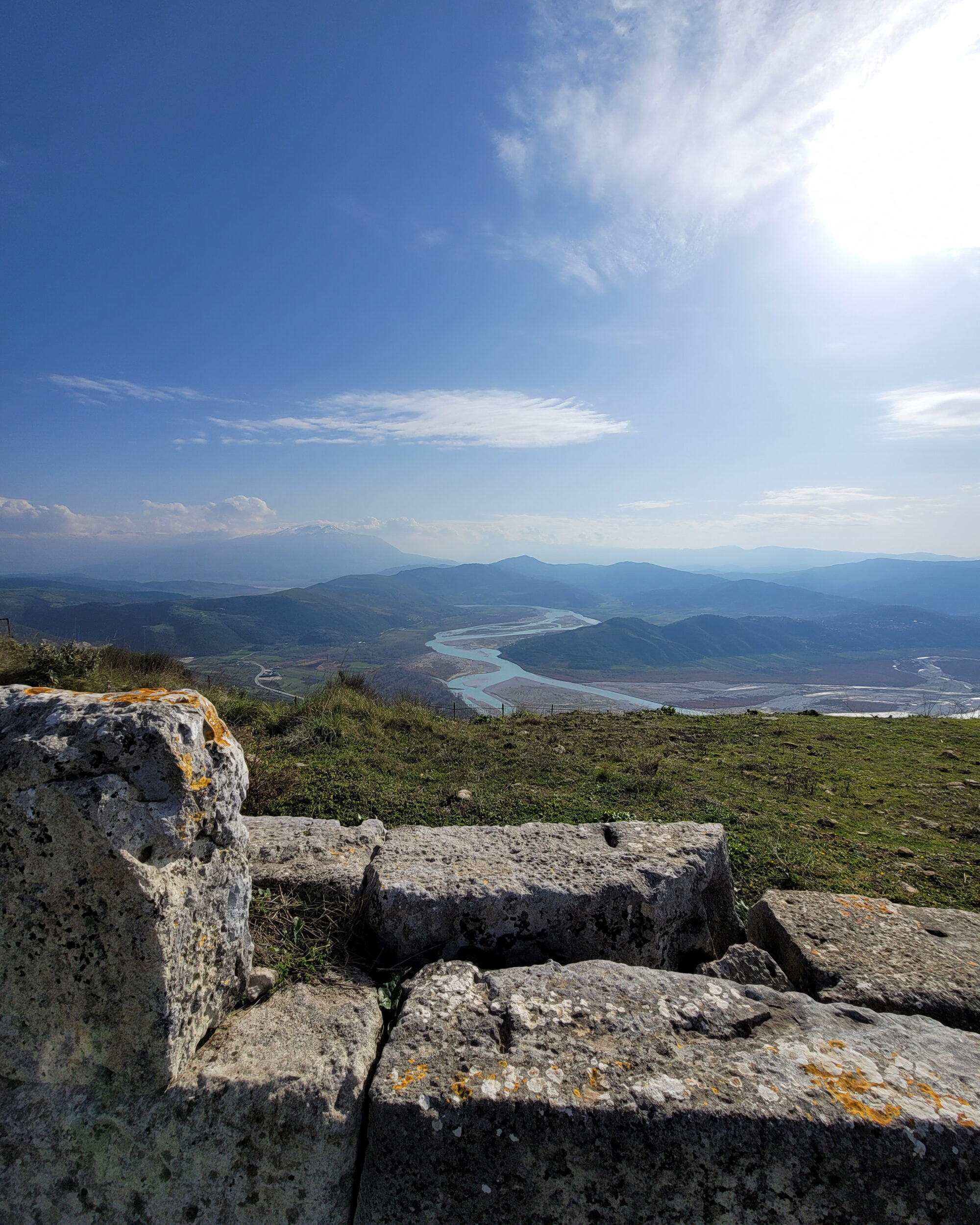
4. Amantia Archaeological Park
Location: Vlorë County, between the Vjosa and Shushica rivers. Location on Google Map
Historical significance: An ancient Illyrian city founded in the 5th century BC, Amantia was a powerful economic center that minted its own coins and later became an episcopal seat.
Highlights: A stone-built stadium, well-preserved city walls, and a restored vaulted entrance. The surrounding mountain landscape adds a dramatic backdrop.
Travel tip: A 4×4 car is useful for the mountain road. Visit in late afternoon for golden-hour photos.


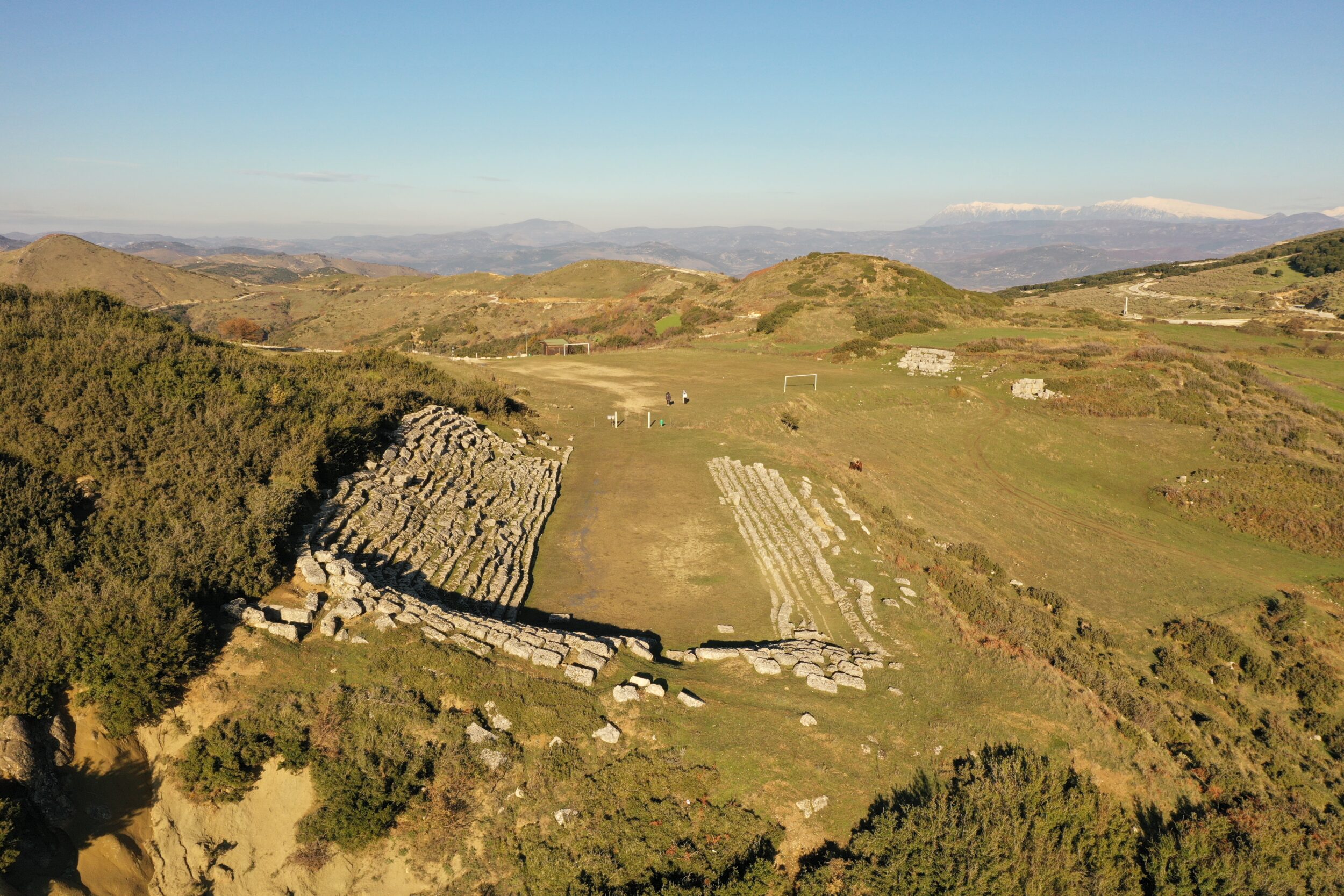
5. Phoenice Archaeological Park
Location: Vlorë County, in the region of Finiq. Location on Google Map
Historical significance: Founded in the 5th century BC, Phoenice (or Finiq) was the capital of the ancient Greek tribe of the Chaonians and flourished during the Hellenistic period.
Highlights: The remains of a theatre that once held 17 000 spectators, a large rectangular building, and other ruins from various eras.
Travel tip: Visit early morning — light mist over the valley gives magical photos.
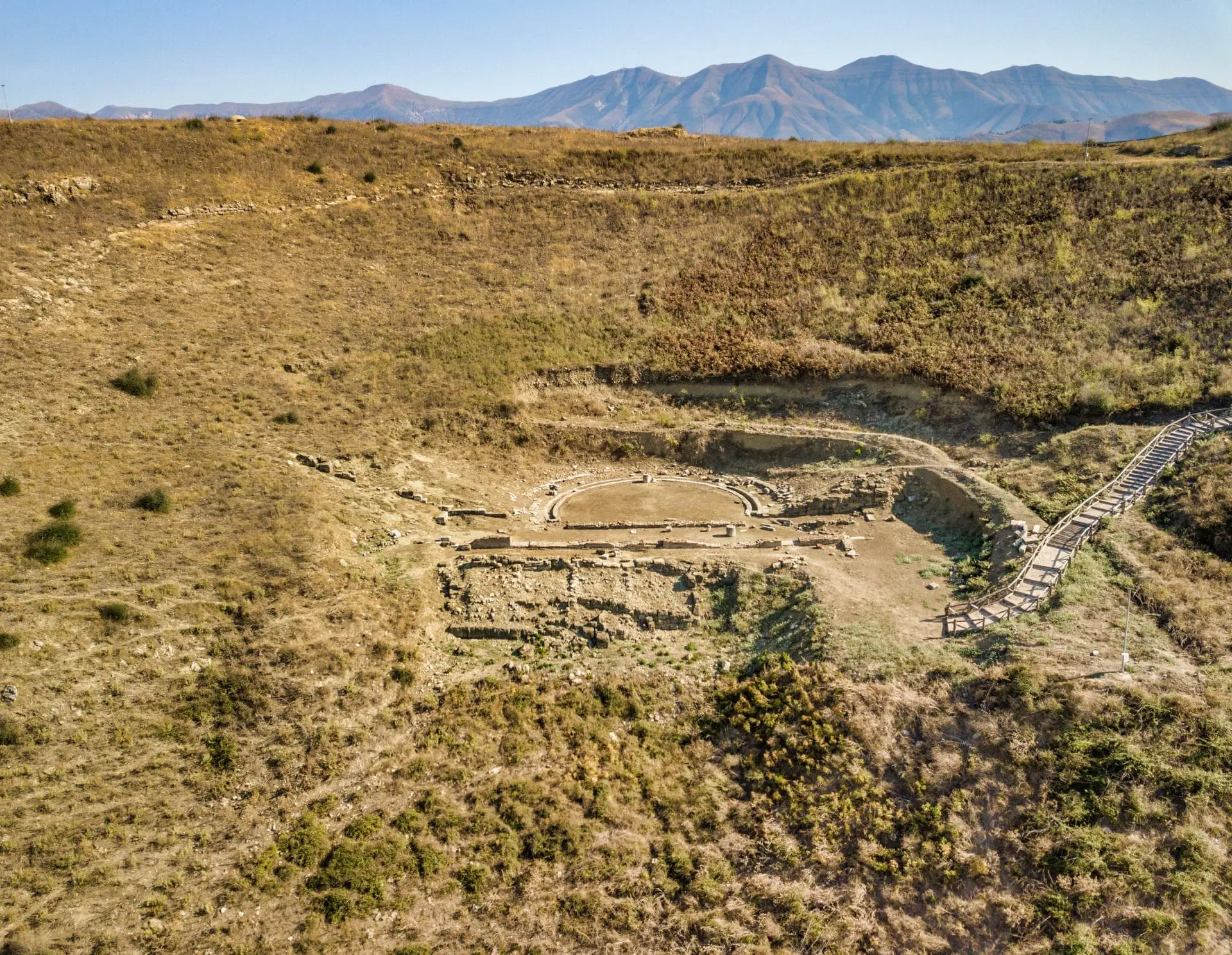


6. Antigonea Archaeological Park
Location: Gjirokastër County, near the village of Saraqinishtë. Location on Google Map
Historical significance: Founded by King Pyrrhus of Epirus in 295 BC and named after his wife, Antigone. The city was an important political and commercial center before its destruction by the Romans in 167 BC.
Highlights: City walls, stairways, columns, and mosaic fragments — all surrounded by beautiful countryside.
Travel tip: Combine with Gjirokastër’s UNESCO old town for a full-day historical route.
Read more: Antigonea Archaeological Park: The ancient city dedicated to love
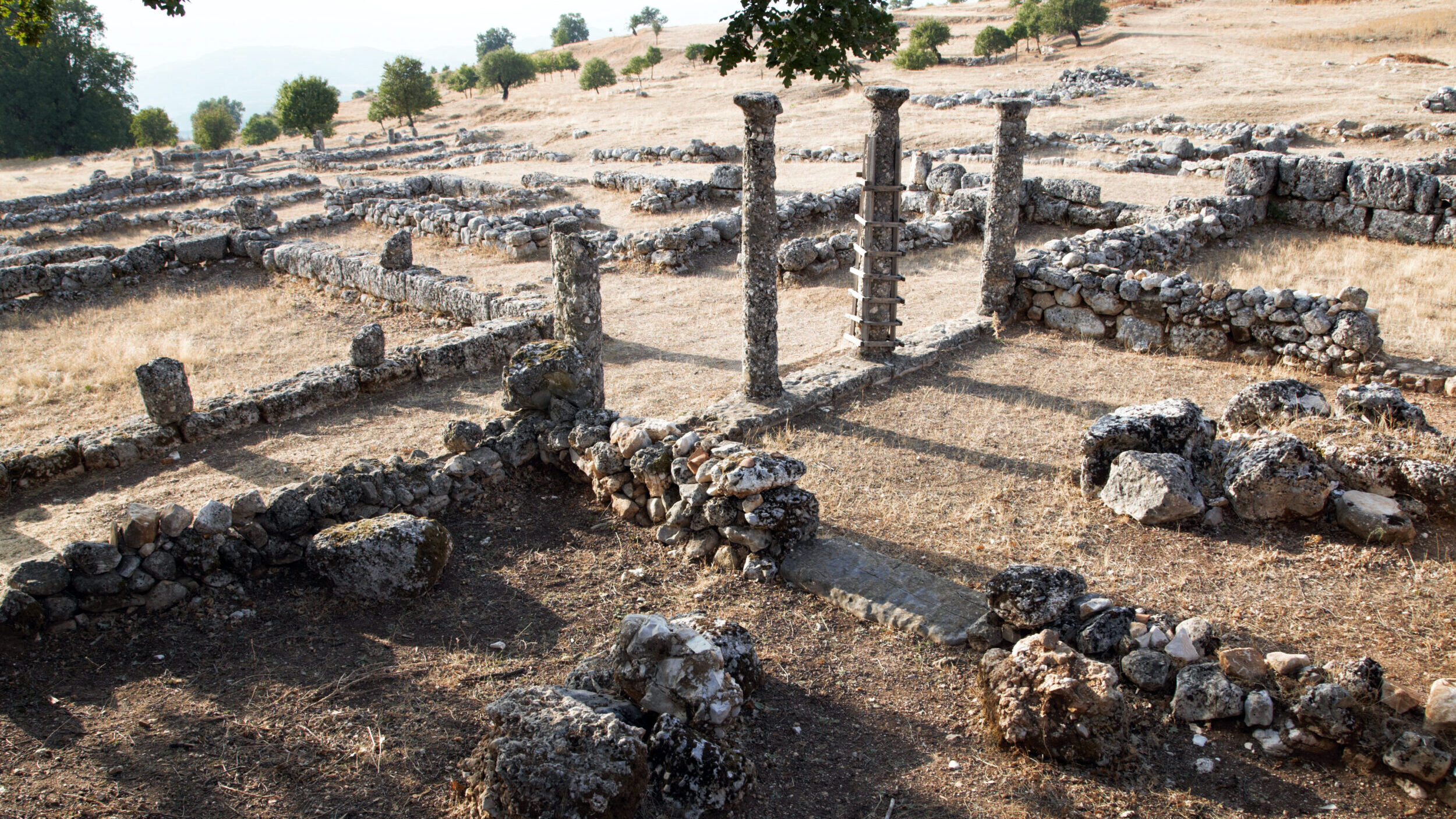
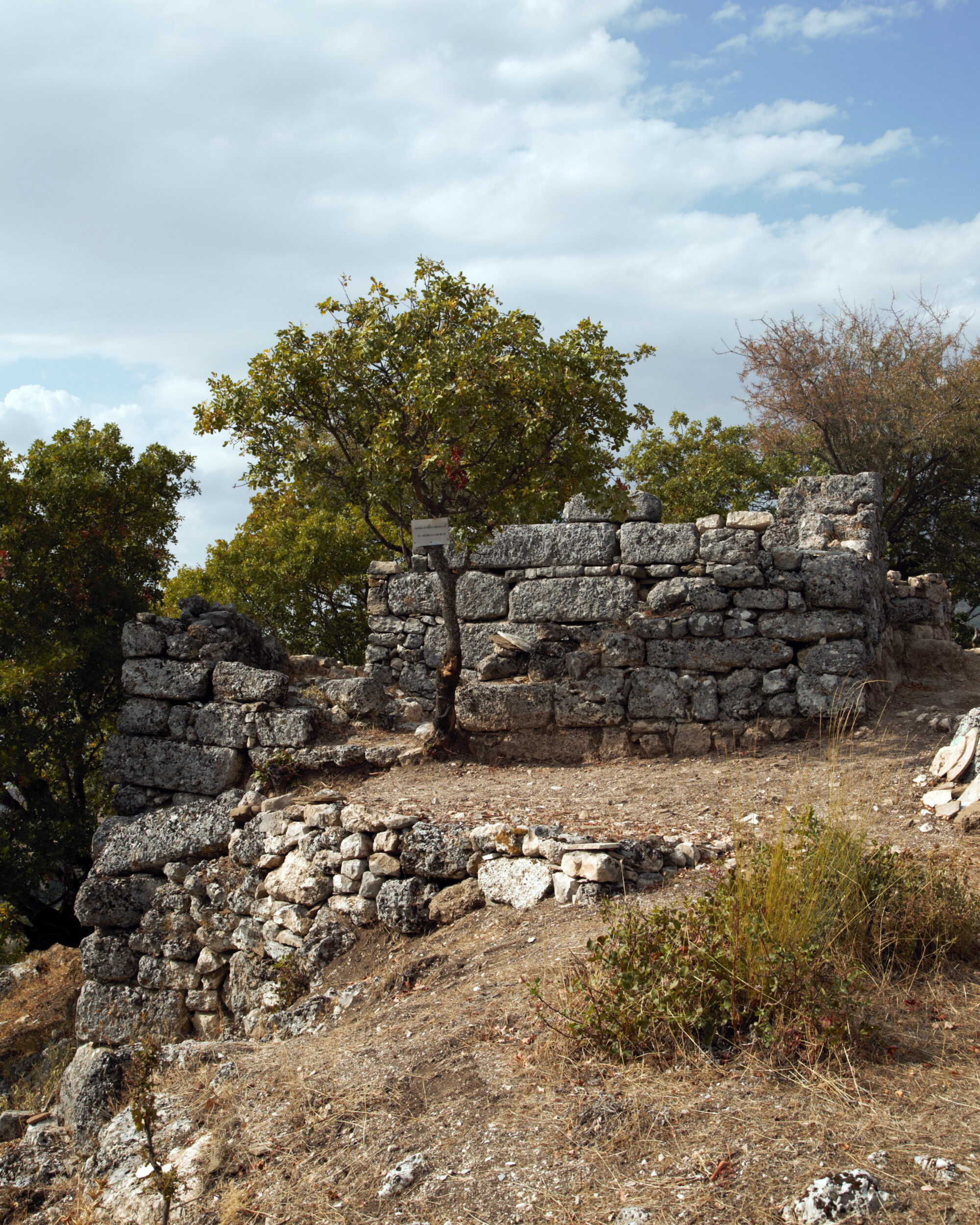
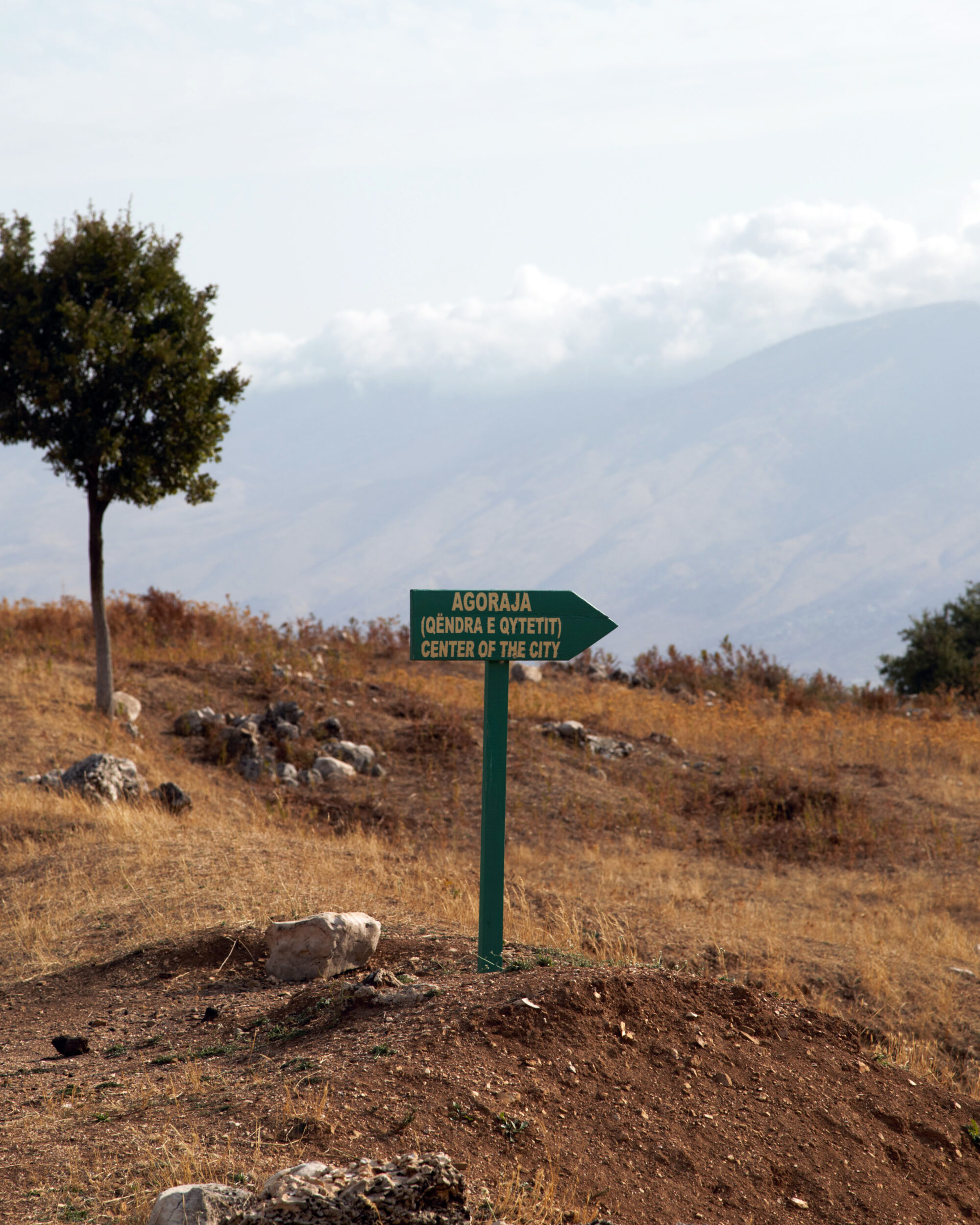


7. Oricum Archaeological Park
Location: Vlorë County, on the Bay of Vlora, near the Pashaliman naval base. Location on Google Map
Historical significance: The ancient city of Oricum dates back to the 6th century BC and served as a strategic port for both the Greeks and Romans. Julius Caesar is said to have used it as a naval base during the Roman civil war.
Highlights: The ruins include city foundations, a small theatre, and traces of ancient walls. Although modest in scale, Oricum’s setting — between the sea and the Karaburun mountains — makes it one of the most scenic archaeological sites in Albania.
Travel tip: Access is currently limited, as the site lies near an active naval area. It’s best visited with a local guide or as part of an organized tour from Vlora.
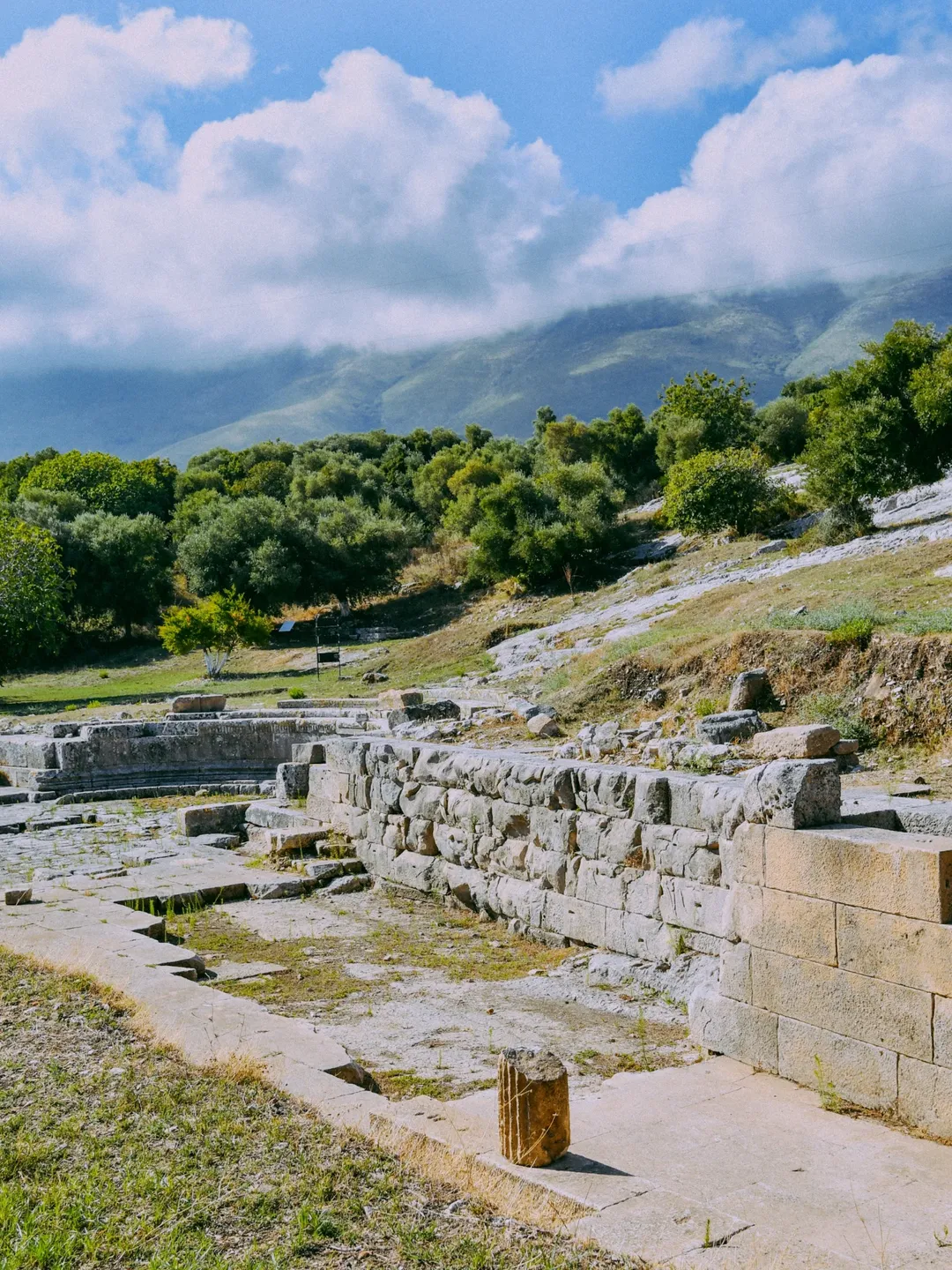
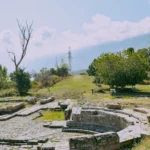
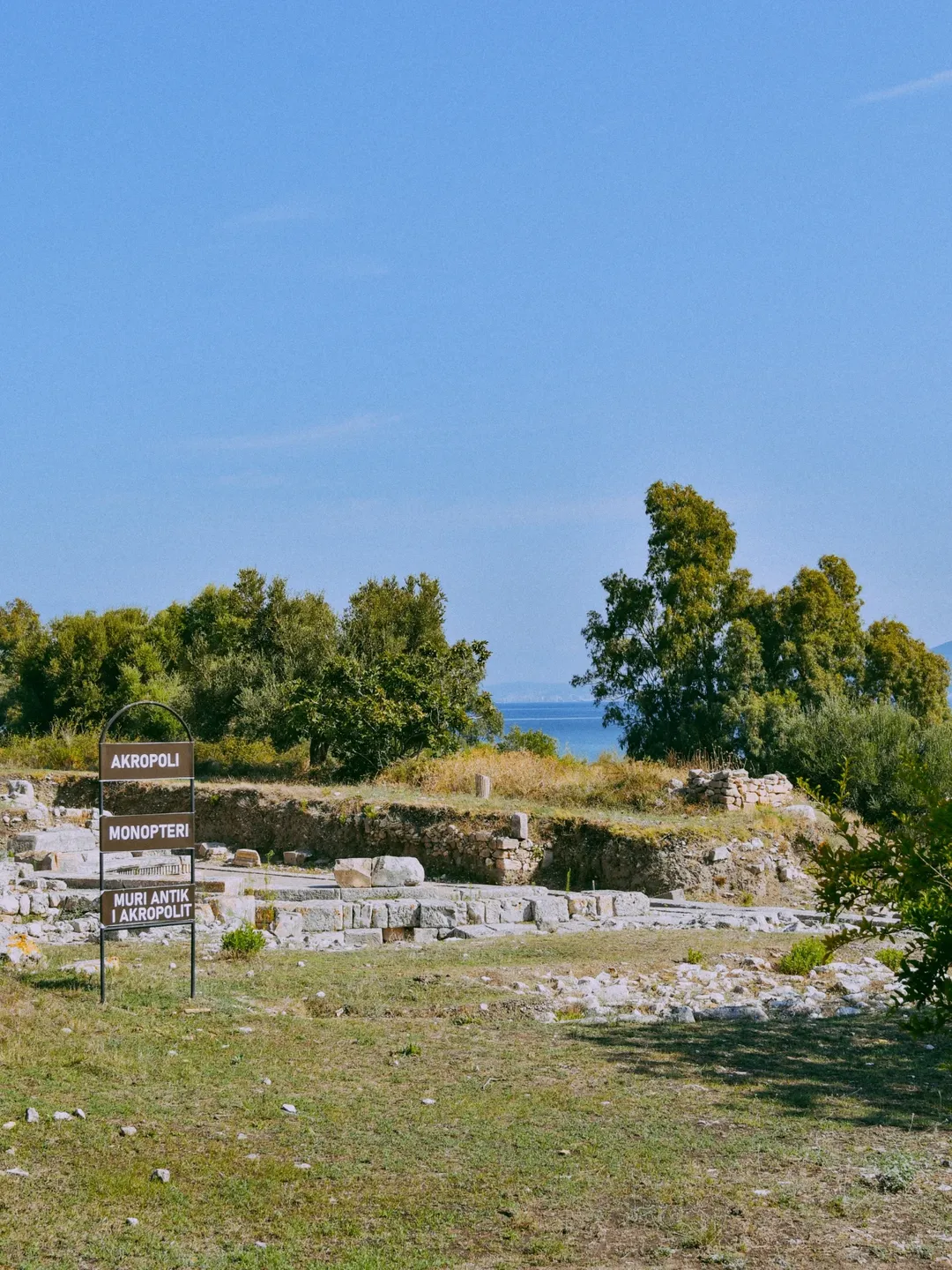
8. Other Archaeological Sites in Albania
Beyond these main destinations, travelers can explore several smaller yet fascinating sites that complement the experience of the archaeological parks in Albania:
- Lissus (Lezhë): An Illyrian and later Roman city located above today’s Lezha, offering remains of fortifications and acropolis walls.
- Durrës Amphitheatre: One of the largest in the Balkans, built in the 2nd century AD and partially restored for visitors.
- Hadrianopolis (Sofratikë): A lesser-known Roman site with a theatre and thermal baths near Gjirokastër.
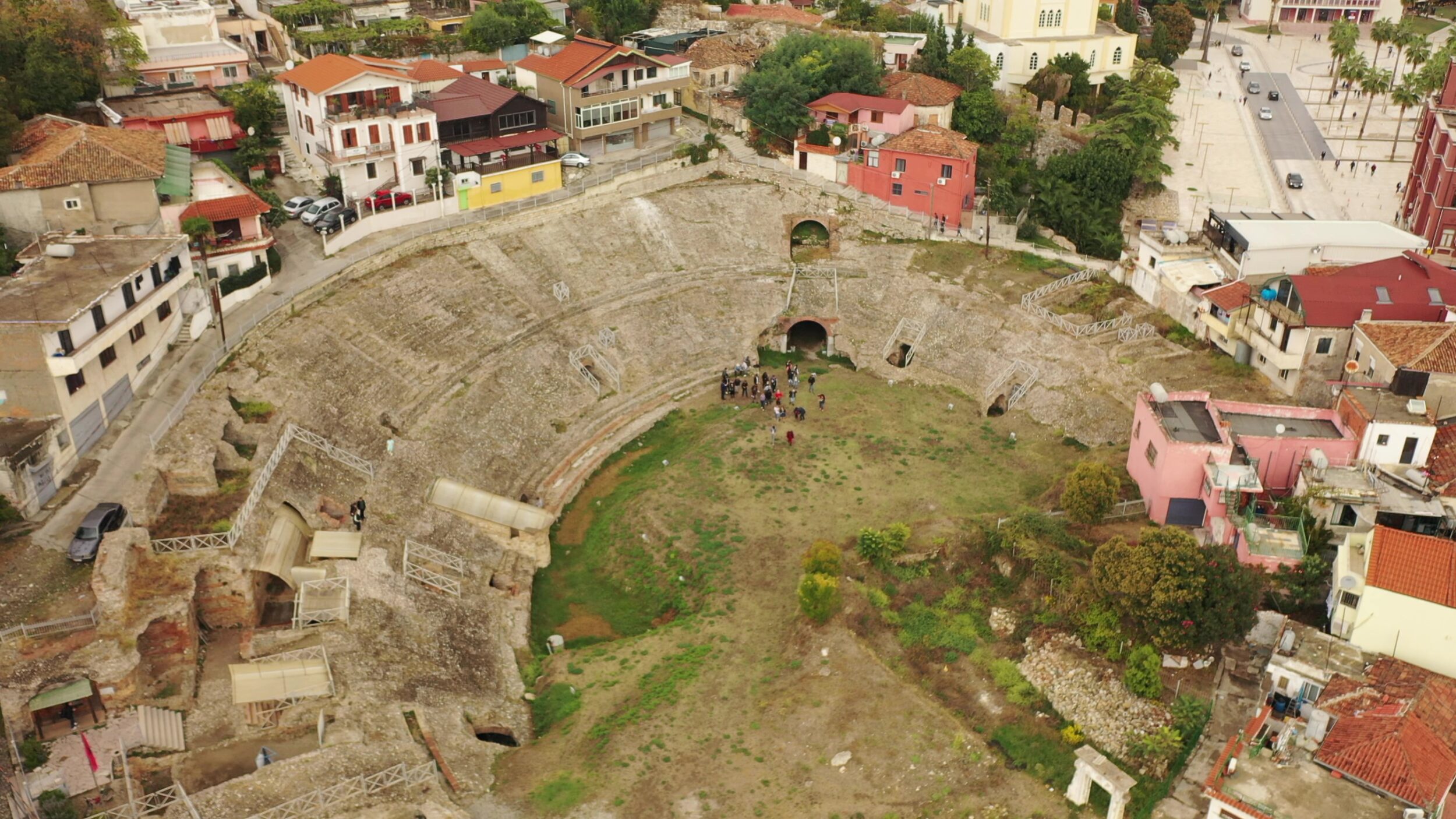
Tips for Visiting Albania’s Archaeological Parks
- Wear comfortable walking shoes — many sites involve uneven terrain and stairs.
- Bring sun protection, especially in southern Albania.
- Many parks charge a small entrance fee (around €3–5).
- Combine visits with nearby towns like Gjirokastër, Vlorë, or Fier for a full cultural experience.
Exploring the archaeological parks in Albania is one of the best ways to connect with the country’s ancient heritage and its natural beauty. From the UNESCO site of Butrint to the scenic hilltop of Byllis and the forgotten stones of Antigonia, every park reveals a new chapter of Albania’s past. Whether you’re a history lover, photographer, or curious traveler, these sites promise stories carved in stone — waiting to be discovered.
Read also: Top castles in Albania – Explore the most beautiful fortresses and legends


